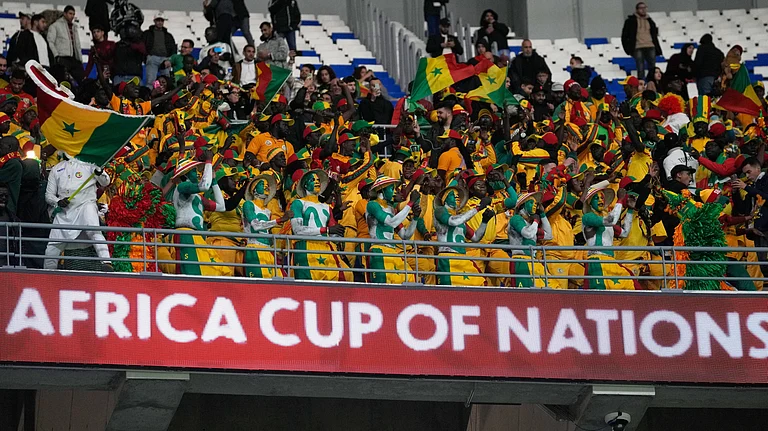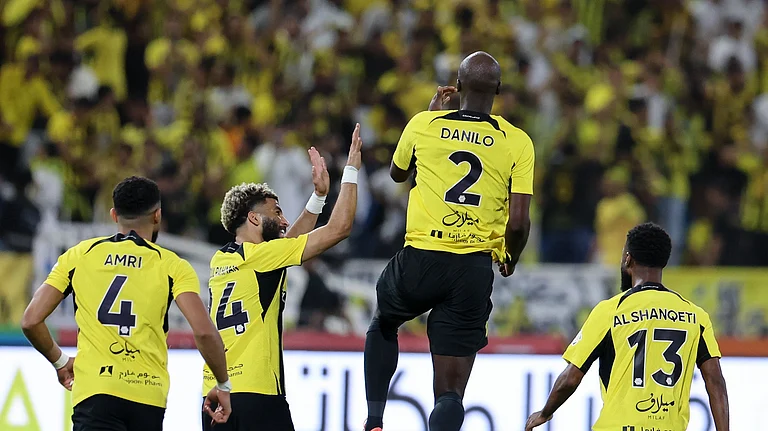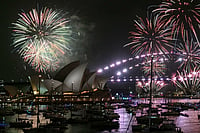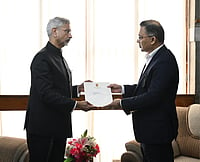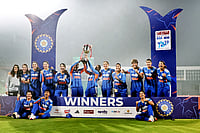In 1960, Nehru discovered the perils of walking the third-way tightrope he’d thrown between consensual socialism and international non-alignment. By 1959, it had become painfully clear that the ambitions of the imminent third five-year plan would fail for lack of funds. Salvation, Nehru claimed, lay in emulating China. Currently elevated by their Great Leap Forward, the Chinese were reporting miraculous increases in agricultural productivity to plan-smitten Indian officials. Investment shortfalls would be irrelevant if only India’s underemployed peasants could be harnessed into a great network of cooperatives. But almost at once, the cooperative idea ran onto the rocks of the re-energised Indian right and the unexpected nationalism of China—so recently hailed as India’s ‘bhai’. Unluckily for Nehru, his passion for a sinified economic policy had bloomed at the very moment that relations with China itself were unravelling. The smouldering Tibet issue had caught fire following the Dalai Lama’s flight for refuge in India, and the Indo-Chinese border question was about to explode.
Meanwhile, the formation of Swatantra, a professedly secular party of business and right-wing Congress rebels (including the great nationalist war horse Rajagopalachari), along with the emergence of the formidable Jat politician Charan Singh, suggested the possibility of a new political alignment that could scythe through Congress dominance. Throughout 1960, Nehru was caught in a left-right pincer movement. Assailed by Swatantra as the enemy of freedom and lick-spittle of international Communism, he was simultaneously denounced by the Chinese Communists themselves as an imperialist running dog for refusing to renegotiate India’s Raj-defined borders. Tempers were not cooled by the provocative presence of Nehru’s close friend (and India’s defence minister), Krishna Menon. Menon was widely suspected of being an agent of the USSR.
Domestically Nehru found himself following the habitual course of his career—backing down. Plans for cooperative farming were hastily shelved. In Kerala, where the elected Communist-led state government had been recently dismissed, Nehru acquiesced to an opportunistic alliance between Congress and right-wing groups. But confronted by a worrying manifestation of popular nationalism choreographed by the Jan Sangh and others, Nehru adopted an intransigent and ultimately disastrous stance towards an aggressive (but well-armed) China, as it sought to renegotiate the border. Meanwhile, he slipped into an ever-closer, though still discreet, alliance with the Soviet Union—now strenuously vying with China for global leadership of world Communism. Khrushchev visited twice in 1960 and Soviet aid doubled. According to Vasily Mitrokhin, the former spy, kgb activities had shifted gear: from gently wooing Nehru’s daughter Indira with mink coats to covertly financing the political career of Menon, who the Soviets naively hoped might become the leader of the Congress.
1960 was, then, a Balzacian year of lost illusions. It marked an end to Nehru’s fond hopes of fraternal cultural integration among India’s various linguistic and ethnic groups. He reluctantly conceded the division of the Bombay state and the creation of a semi-autonomous Naga province within Assam. The abandonment of the cooperative project was, to all intents and purposes, the end for voluntary socialism. Most strikingly, 1960 was the year in which India’s somewhat idiosyncratic role in the Cold War drama was scripted. It would be a capitalist, albeit heavily regulated economy, but one increasingly aligned with the Soviet Union. But 1960 also marked India’s avoidance of the catastrophic consequences of the Great Leap Forward that would soon envelop China. Meanwhile, the Ford Foundation’s report on ‘India’s Food Crisis and Steps to Meet it’, which envisioned a very different future for India’s farmers, was much discussed. Though it was not yet apparent by 1960, India had ducked a Red revolution in favour of a Green one.
(Maria Misra teaches modern history at Oxford University, and is the author of Vishnu’s Crowded Temple: India Since the Great Rebellion, a history of modern India.)








